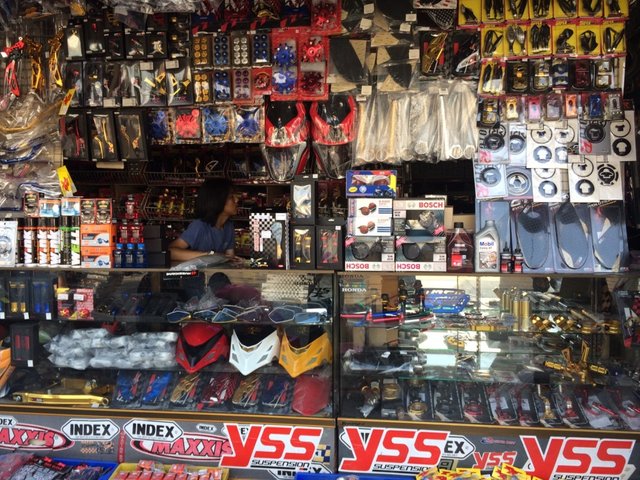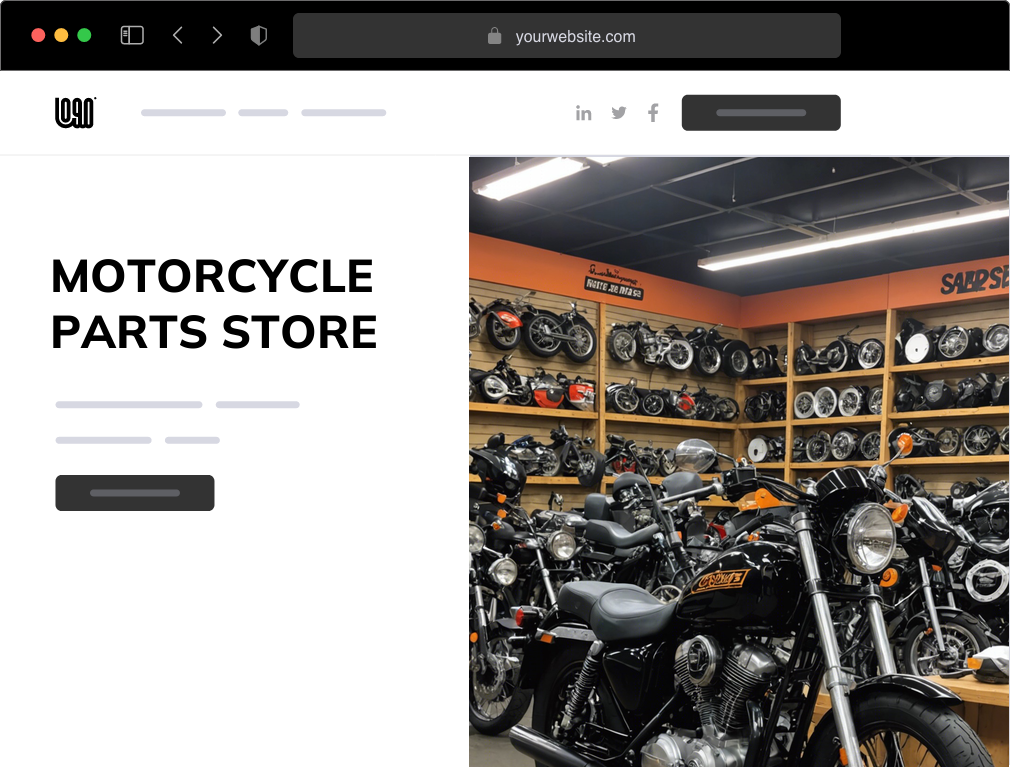Discover High Quality Moto Parts NZ for All Your Motorcycle Requirements
Discover High Quality Moto Parts NZ for All Your Motorcycle Requirements
Blog Article
Understanding Motorbike Gears: Exactly How to Enhance Your Riding Experience
In the world of motorcycling, mastering the art of gear adjustment is vital for enhancing your riding performance. Effectively comprehending and making use of motorbike equipments can substantially impact acceleration, control, and fuel effectiveness, changing an average trip right into a smooth, exciting trip.
Recognizing Gear Mechanics
Exactly how do the ins and outs of equipment mechanics influence motorbike performance? At the core of motorbike characteristics, gear auto mechanics play a pivotal function in transforming engine power right into activity, eventually dictating speed and control. Gears, meticulously crafted elements, enable cyclists to optimize torque and rate, guaranteeing a seamless shift through various surfaces and speeds. The equipment proportions, thoroughly developed, establish the connection in between engine changes and wheel turns, influencing acceleration and gas performance.
Comprehending gear technicians begins with acknowledging the relevance of the transmission, which houses numerous equipments of differing sizes. These equipments communicate with a procedure understood as meshing, where teeth of different gears engage to transfer power. The accuracy of this interaction is crucial; any kind of misalignment or damages can cause ineffective power transfer, hindering performance. In addition, the arrangement and size of gears influence the motorcycle's ability to take care of different tons and rates.
Moreover, the idea of equipment changing is important to making best use of performance. Prompt and smooth changes make certain that the engine runs within its optimum power band, preventing unnecessary strain and enhancing long life (motocross gear). By comprehending these mechanical ins and outs, bikers can accomplish a harmonious mix of control, efficiency, and power, elevating their riding experience
Timing Your Shifts
Change timing mastery is crucial for enhancing motorcycle efficiency and boosting the riding experience. Correctly timed changes make certain that the engine runs within its optimum power band, which is crucial for maintaining control, achieving smooth velocity, and guaranteeing the durability of the motorcycle. Riders must develop an user-friendly sense of when to move equipments, which includes recognizing the partnership between engine transformations per minute (RPM) and speed.
To master change timing, pay very close attention to the engine's sound and feel, as these give important hints about when to alter gears. The perfect change factor usually takes place when the engine comes close to the top variety of its power band without reaching the redline. Changing prematurely can cause a lack of power, while moving far too late might create unneeded engine pressure
Furthermore, road problems and riding design influence change timing. In metropolitan setups, smoother and extra frequent changes might be necessary to navigate web traffic efficiently. On the other hand, throughout highway riding, fewer changes at higher speeds can be better. Practicing in different atmospheres will certainly boost your ability to time changes exactly, eventually raising your riding experience to an expert level.
Enhancing Fuel Performance
While understanding motorbike equipments is essential for performance, boosting fuel performance is similarly crucial for both ecological and economic factors. Optimum gas intake not just minimizes operational prices but also lessens the ecological footprint of riding. To attain this, one should comprehend the intricate partnership between equipment selection and engine performance.
First of all, picking the ideal gear at proper speeds can significantly influence fuel intake. Riding in a greater right here gear at reduced rates can lead to engine lugging, which is detrimental to both gas economy and engine health. Alternatively, riding in lower gears at high speeds causes unnecessary fuel consumption. Therefore, keeping an optimum balance by shifting equipments abreast with roadway problems and prepared for maneuvers is vital.
Additionally, regular upkeep plays a critical role in fuel effectiveness. Guaranteeing that the motorbike is well-tuned, with clean air filters and correctly pumped up tires, can enhance the rules of aerodynamics and minimize fuel waste. In addition, taking on a riding design that welcomes progressive velocity and smooth deceleration can add to better gas economic climate.
Techniques for Smooth Transitions
Achieving smooth gear transitions is basic to enhancing the riding experience and making sure the long life of a motorcycle's transmission system. Appropriate equipment changing not just adds to a smooth trip however also decreases damage on the mechanical elements. To master the art of smooth changes, bikers should concentrate on a few key methods.

Second of all, clutch control plays an essential function. Engaging and disengaging the clutch efficiently needs practice. The clutch bar need to be released gradually, enabling a seamless transfer of power from the engine to the wheels without triggering a shock or abrupt motion.

Adapting to Roadway Problems
Navigating diverse roadway problems is a critical skill for any type of motorcyclist aiming to maintain control site web and safety and security. Whether you're riding on damp surfaces, crushed rock roads, or browsing sharp turns, your capability to adapt your gear use and riding strategy is paramount. Understanding just how to readjust your gears properly can dramatically impact grip and stability, making sure a safer trip.
In comparison, when riding on gravel or unequal surface, reduced equipments are better. Reduced equipments supply much better control and enable you to respond even more swiftly to unexpected adjustments in the road surface.
Sharp curves demand exact equipment management to stabilize rate and control. Downshifting before getting in a curve can assist keep energy while making certain the bike stays stable throughout the turn. Constant practice in diverse conditions improves your capacity to predict and respond to changes in road texture and incline.
Conclusion
Mastering bike equipments considerably boosts the riding experience by enhancing acceleration, gas, and control effectiveness. Adapting equipment selection to numerous road problems, such as utilizing higher equipments on wet surfaces and lower equipments on crushed rock, additional enhances handling and safety.
Recognizing equipment auto mechanics begins with identifying the value of the transmission, which houses several gears of differing sizes. These gears connect with a process known as meshing, where teeth of various gears involve to send power (motorcycle shop). Mild adjustments to the throttle throughout gear shifts can protect against jerky motions and maintain a regular riding pace
Whether you're riding on damp surfaces, gravel roadways, or browsing sharp turns, your ability to adjust your gear usage and riding strategy is paramount. Adapting gear selection to numerous road problems, such as using higher gears on wet surface areas and reduced gears on crushed rock, more boosts handling and safety and security.
Report this page